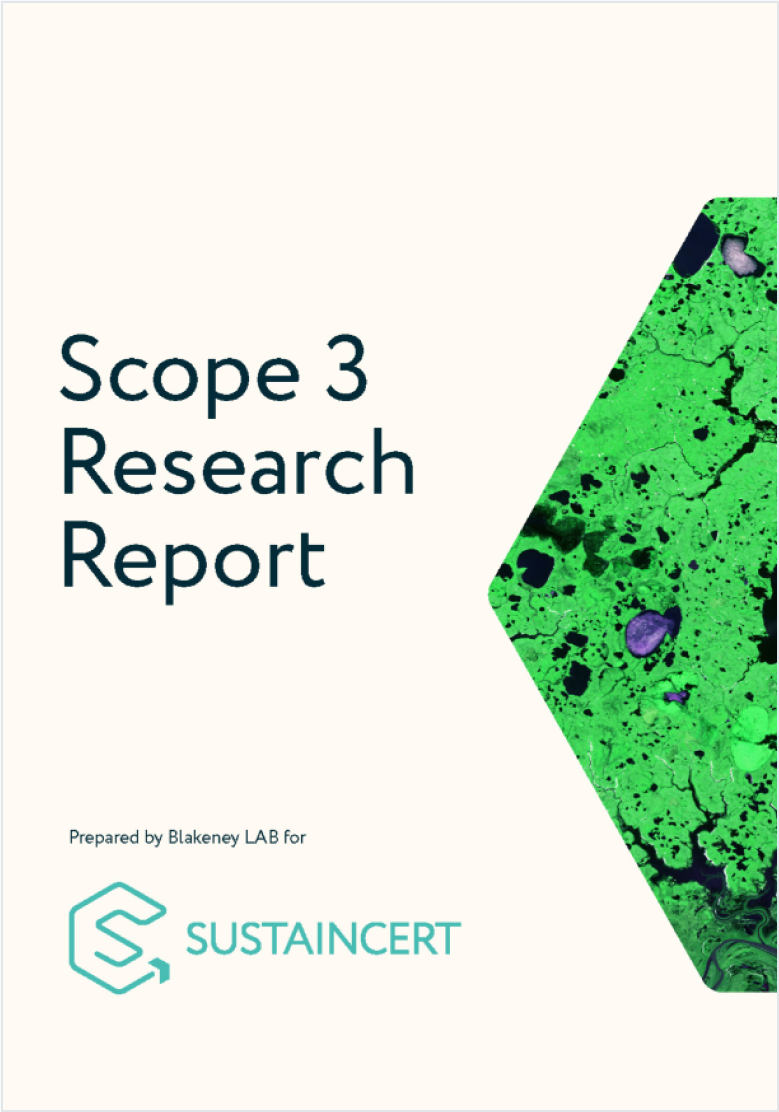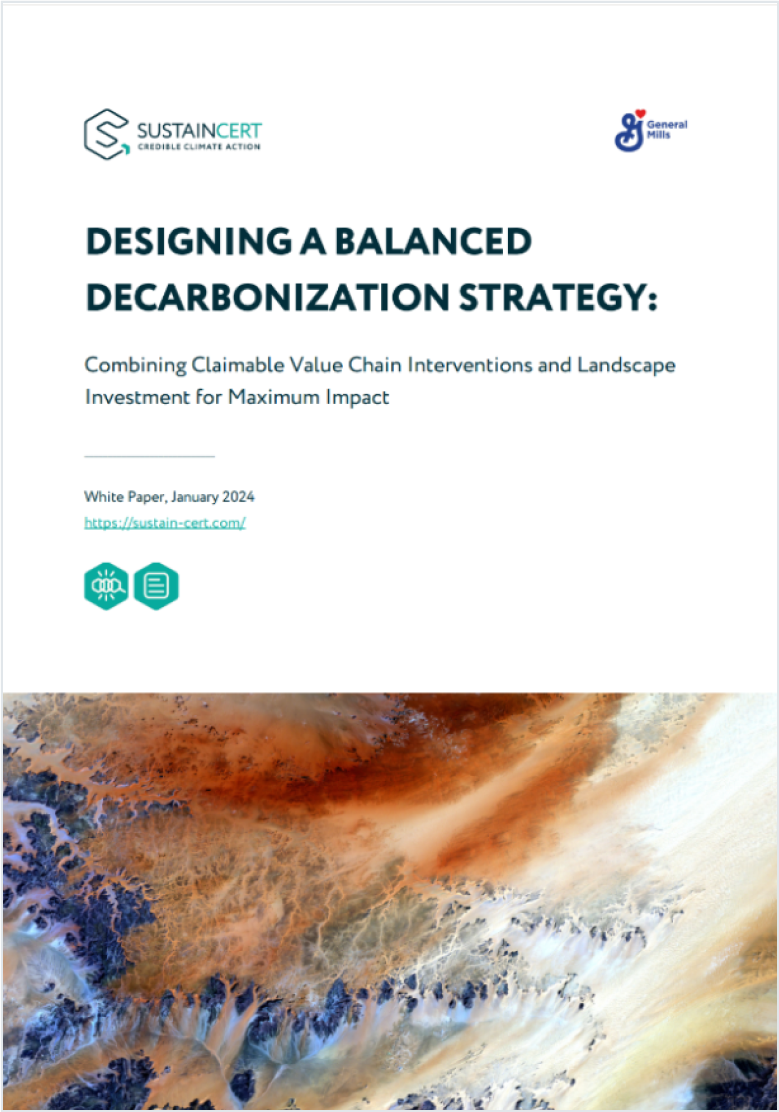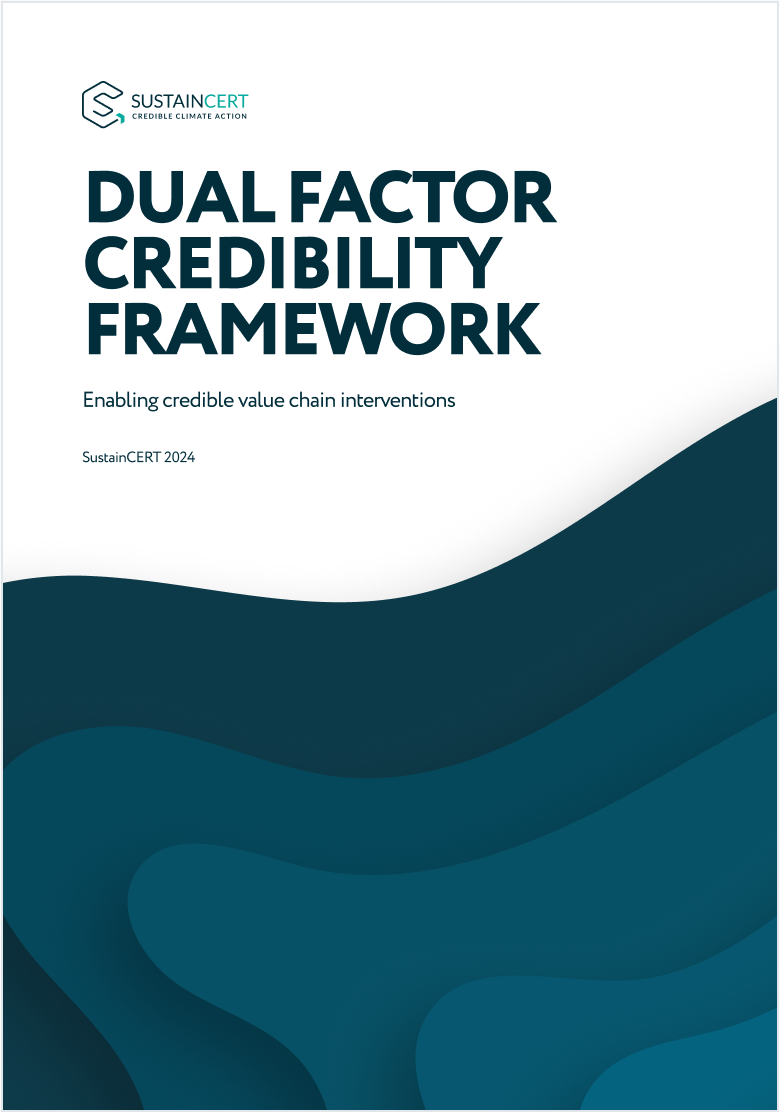
Back to publications
Financing Decarbonization in Food and Agriculture Value Chains
The food and agriculture sector accounts for a third of global greenhouse gas emissions, yet progress toward decarbonization remains insufficient. Despite the urgent need for action, a trillion-dollar financing gap continues to stall progress, with the sector receiving less than 5% of global climate finance.
This industry report provides a comprehensive overview of where the sector's financial landscape and introduces collaborative strategies to accelerate decarbonization.
Key insights include:
- Collaboration strategies: How companies can leverage co-claiming and co-investments to scale impact.
- Financing mechanisms: The role of corporate finance, investment funds, banks, and public funding.
- Market-based mechanisms: An introduction to their potential for scaling finance and action.
- Priority focus areas: Key opportunities to scale finance over the next 18 months.
Decarbonization is no longer optional - it is a business imperative. Download the full report to explore how your organization can lead the transition, close the finance gap, and build a more resilient food system.
Access this document
Fields marked with * are mandatory.



